- Clothes
- Bags
- Accessories
-
Inspiration
- Shoes
16 Quick, Low-Effort Ways to Reduce Your Clothes’ Impact

Our wardrobe and clothing lifestyle have a direct impact on the environment.
Maybe you want to reduce yours but, whenever you find a new online tutorial, you get overwhelmed, think “That all sounds like too much effort”, and end up doing… nothing?
We get it. Not everyone has the time, skills and ambition to upcycle old shirts into dresses or pillowcases.
Luckily, though, it’s often small things that can have the BIGGEST impact.
So, here are some low-effort things you can do to reduce the environmental impact of your clothes, from mindset shifts to replacing your current habits with greener alternatives (without having to set time aside to implement them).
Washing your clothes less
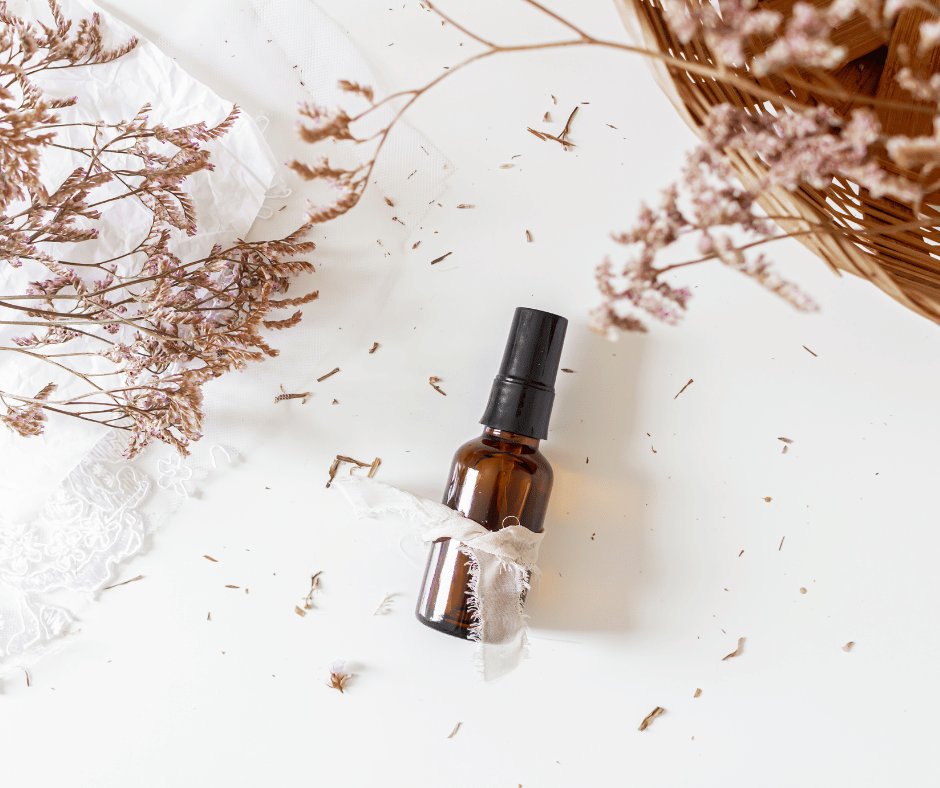
Doing the laundry consumes a lot of water and energy. So, you can reduce the impact of your garments by washing them less often, especially when they aren’t actually dirty. Don’t worry, though: this doesn’t have to mean wearing smelly clothes!
- Put your clothes in the freezer overnight (yes, really) to kill the bacteria causing bad smells
- Hang them outside to freshen them up
- Spray natural fabric freshener on your clothes. As well as being healthier than store-bought bottles, it’s a (fe)breeze to make and will last you for ages
Reducing the impact of your laundry

Of course, you’ll still need to wash your clothes. So, the following steps will help you do it in a more eco-friendly way:
- Wash your clothes at a lower temperature (up to 60% of your laundry’s carbon footprint comes from heating water!)
- Since friction in the washing machine can ruin or break their fibres, help your clothes last longer by turning them inside out or putting them in a mesh laundry bag
- Unfortunately, whenever you wash them, synthetic clothes release microplastics that go down the drain, into waterways, and… even in our food and drink! So, use a Cora Ball or Guppyfriend to reduce and catch them
Drying your clothes
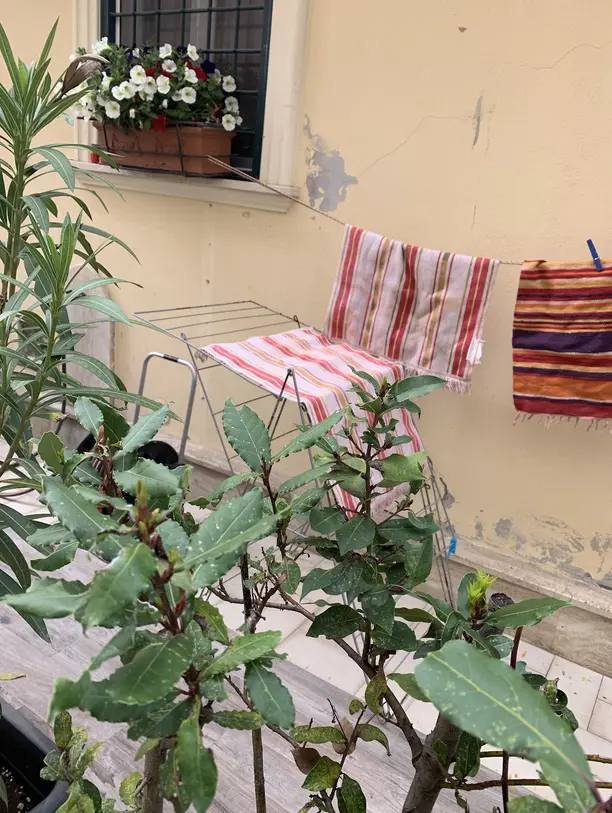
Tumble dryers consume even more electricity and are a leading source of microfibre air pollution. So, instead of using them to dry your clothes after a wash, consider these alternatives:
- Let your clothes dry naturally, either outside or on a drying rack
- Hang your clothes properly when drying them to prevent wrinkles
Ironing and steaming your clothes
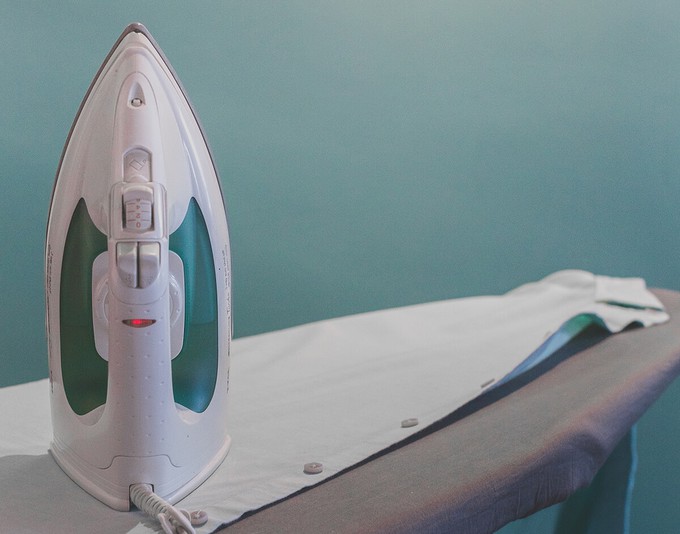
Ironing consumes energy too, and it can weaken or damage the fibres of your clothes, causing them to last less (= more waste).
So, as well as skipping this step whenever it isn’t necessary, you could:
- Use a steamer instead, which has a lower environmental impact and kills more bacteria than ironing
- Steam your clothes in the shower. When you’re about to take one, just hang your wrinkled garments on the rod (as far away as possible from your showerhead), and let the heat work its magic
(Re)wearing your clothes

Keeping and rewearing a garment for just 9 more months will reduce its environmental impact by 20-30%.
So, some low-effort things that’ll improve your wardrobe’s footprint are:
- Rewear your clothes more often instead of buying new ones regularly (ditch fast fashion and its vicious cycle!)
- Mix and match them to create new outfits using your existing garments
Taking care of your clothes
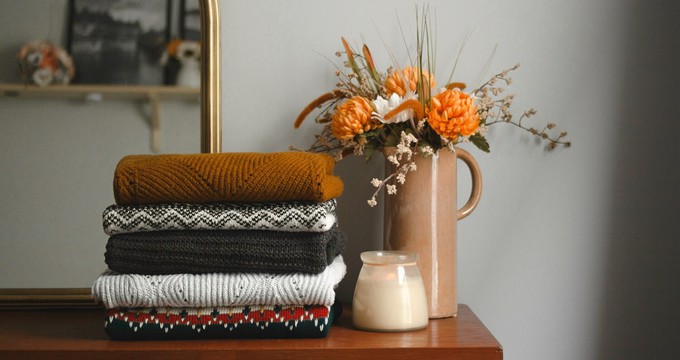
The goal is to rewear your clothes and keep them for as long as possible. So, for that to happen, you must help them stay in good condition.
- Hang or fold your clothes property to prevent mildew and damage (if you have so many garments that you can barely fit them in your wardrobe—let alone store them neatly while ensuring ventilation—it might be time for some decluttering)
- If something goes wrong, fix your clothes instead of binning them (if learning how to sew doesn’t feel like a low-effort activity for you, ask someone who already knows how to do it, take that garment to a stitcher, check if its brand offers a repair scheme, or try iron-on patches or fusible interlining to fix those tiny holes that seem to appear out of nowhere)
- Don’t bin your clothes when you’re tired of them. You could sell them online (and make some money back), swap them with your friends, or if it sounds like too much effort, give them to charity
Buying new clothes mindfully
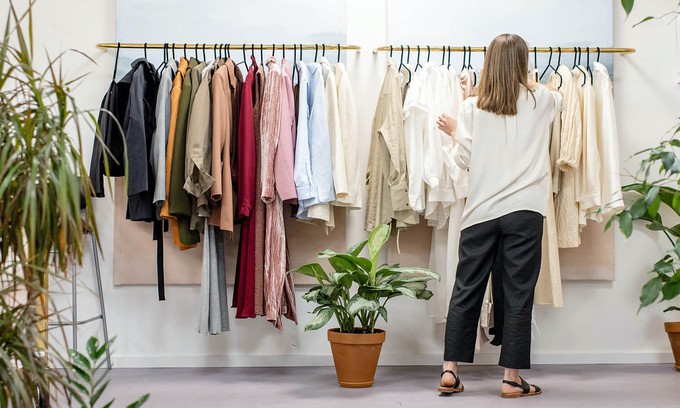
Overall, this is what makes the BIGGEST difference: reducing the number of clothes you buy, keeping them for longer, and supporting brands that are kind to the planet (because garment production is usually the most polluting and energy-intensive phase).
Soooooooo:
- Invest in fewer but higher-quality and more durable clothes that were made ethically, taking both the environment and garment workers into account
“But that’s not a low-effort thing! I wouldn’t even know HOW and WHERE to find ethical clothes.” How about starting right here?!
We know how difficult it can feel to find the right sustainable clothes for your beliefs and style, especially when they’re mostly made by small online stores scattered around the web.
That’s exactly why we founded Project Cece!
We brought hundreds of fair trade brands in one place and added filters to simplify your choices, from budget to materials and colours (and more).
Finding ethical clothes has never been easier, and now you also know how to wash them, wear them, and take care of them in a way that reduces their impact—without additional effort. Whoop, whoop!
Share our story
Related articles
The Lazy Person’s Guide to Sustainability: Low Effort, Big Impact
No drastic lifestyle changes! With our lazy person’s guide to sustainability, you'll make a difference for the planet... without leaving the bed.
11 Simple Sustainable Fashion Choices That Actually Make a Difference
Thanks to these easy sustainable fashion choices and tips, you can do something nice for the planet every time you get dressed. Here’s where to start!
How to Ditch Fast Fashion & Switch to Ethical Clothes: 10 Tips
Ready to take the first step towards a more sustainable wardrobe? Here are some practical tips to ditch fast fashion and discover ethical alternatives.
Project Cece is a platform that collects ethical fashion from vetted brands and shops in one place. Browse ethical fashion for women and men and find items that fit your style, budget and values!
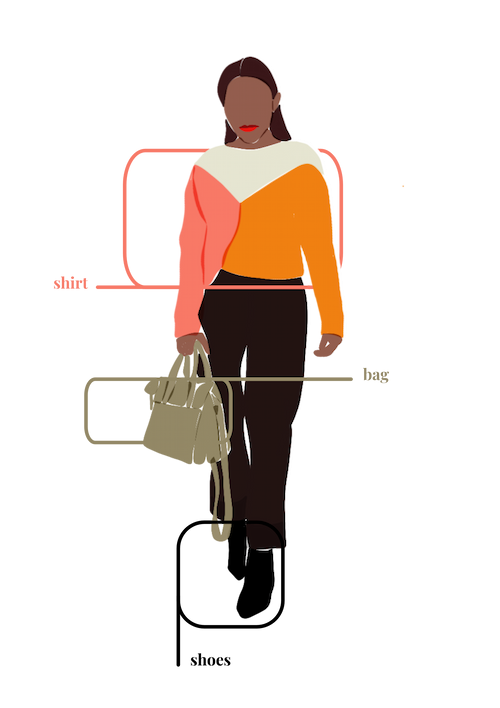
_large.png)


